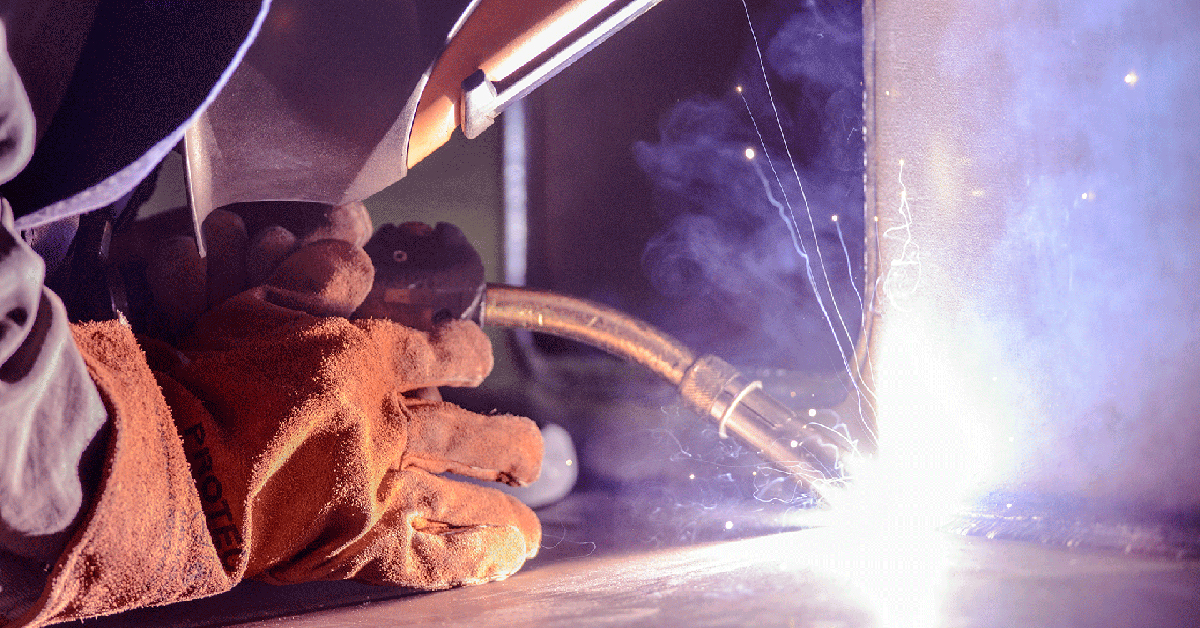A Comprehensive Guide to Identifying, Preventing, and Repairing Undercut Welding Troubles in Your Welding Tasks
In the realm of welding, encountering undercut problems is a typical obstacle that can jeopardize the structural stability and general top quality of your welding tasks. Recognizing the source behind undercut welding, being able to precisely find it in your welds, and executing effective preventative procedures are important skills for any type of welder. In addition, having the knowledge and strategies to rectify undercut troubles when they do happen can make a significant difference in the final outcome of your welding undertakings. Keep tuned as we discover the necessary parts of identifying, stopping, and dealing with undercut welding issues, providing you with important insights and approaches to elevate your welding abilities to the following level.
Common Sources Of Undercut Welding
Undercut welding, a typical concern in welding processes, can be caused by different aspects that require to be very carefully recognized and resolved to guarantee the integrity of the weld joint. One of the primary sources of undercut welding is extreme warmth input. When the welding parameters, such as voltage, existing, or travel rate, are not properly set, a too much quantity of warmth can be produced. This excess warm causes the melting and succeeding removal of the base material along the edges of the weld joint, creating a groove recognized as undercut.
An additional common reason for undercut welding is inappropriate welding strategy. Poor control of the welding lantern or gun, incorrect angle or distance in between the work surface and the torch, or inconsistent traveling speed can all contribute to the development of undercut. Furthermore, using the incorrect welding consumables or electrode dimension for a certain joint setup can lead to undercut problems. Determining these origin and executing rehabilitative procedures is crucial in preventing and rectifying undercut welding problems in welding jobs.
Identifying Undercut in Welds

To determine undercut accurately, appropriate illumination and magnification tools are necessary to inspect the weld joint thoroughly. Using devices such as a welding gauge or a magnifying glass can aid in identifying even the smallest undercut imperfections. Furthermore, running a finger or a fingernail along the weld joint can in some cases disclose undercut, as the surface area may really feel unequal or have a dip where the undercut exists.
Precautionary Measures for Undercut
Having a deep understanding of the reasons of undercut in welds allows for the execution of efficient precautionary procedures to keep weld quality and stability. These setups should be maximized to avoid excessive warmth input, which can lead to undercut formation.

Strategies for Repairing Undercut

Boosting the welding current or lowering the travel rate can help fill up in the undercut. In addition, changing the welding method from a press to a drag or vice versa can additionally aid lessen undercut.
One more technique is to make use of a weaving movement while welding to ensure proper sidewall combination and fill in the undercut. my review here By oscillating the welding arc from side to side within the weld joint, the welder look at here can deposit extra filler material into the undercut locations, properly eliminating the flaw.
Additionally, grinding out the undercut and rewelding the joint can be a practical remedy for more serious undercut problems - Preventing weld undercut. This process entails removing the undercut section, preparing the base steel, and after that rewelding the joint with correct welding parameters and strategies to avoid undercut from reoccurring

Specialist Tips for Staying Clear Of Undercut
Utilizing appropriate welding techniques and preserving control over essential welding specifications are vital methods for welders intending to stop undercut in their weld joints. One expert tip for preventing undercut is to ensure correct joint prep work. This includes cleansing the base steel thoroughly to get rid of any type of contaminants that might lead to damage formation. Furthermore, selecting the suitable welding process and filler metal for the specific application can assist protect against undercut. Welders must likewise pay attention to the welding existing and voltage setups, ensuring they are within the suggested range to prevent getting too hot and possible undercut. Preserving a constant traveling speed during the welding procedure is another vital tip to prevent undercut. By relocating at a steady rate, welders can make certain correct fusion and minimize the likelihood of undercut formation. Last but not least, inspecting the weld bead after completion can assist identify any kind of signs of undercut at an early stage, permitting instant rehabilitative action to be taken. go to this web-site
Final Thought
To conclude, recognizing, stopping, and fixing undercut welding problems in your welding jobs is vital for making sure sturdy and strong welds. Preventing weld undercut. By comprehending the common sources of undercut, being able to determine it in welds, applying safety nets, and using proper strategies for repairing undercut, you can avoid prospective concerns and develop high-quality welds. Complying with expert ideas for preventing undercut can aid you boost your welding abilities and generate better results in your projects
Undercut welding, an usual problem in welding procedures, can be caused by numerous elements that need to be very carefully recognized and dealt with to guarantee the stability of the weld joint. Additionally, running a finger or a finger nail along the weld joint can often disclose undercut, as the surface might feel unequal or have a dip where the undercut exists.
Making use of correct welding techniques and keeping control over key welding parameters are important techniques for welders aiming to stop undercut in their weld joints.In verdict, identifying, protecting against, and dealing with undercut welding troubles in your welding projects is crucial for ensuring solid and sturdy welds. By comprehending the usual reasons of undercut, being able to determine it in welds, carrying out preventative steps, and making use of proper methods for dealing with undercut, you can stay clear of prospective problems and develop high-quality welds.